Across Canada, certain drives offer scenery, solitude, and rhythm that eclipse the final stop entirely. These routes reveal landscapes that shift slowly and quietly, rewarding travellers with moments that feel personal rather than postcard-ready. The beauty lies not in arrival but in the process. Here are 19 road trips where the drive beats the destination.
Icefields Parkway, Alberta

The Icefields Parkway is widely considered one of the most stunning drives on the planet, and its beauty unfolds slowly across mountain corridors, turquoise lakes, and glacier-fed valleys. The destination, whether Jasper or Banff, hardly matters compared to the sensation of travelling through landscapes shaped by ice and time. Every kilometre feels like a new scene, from drifting fog along Bow Lake to sunlight hitting the Athabasca Glacier. Wildlife crosses quietly, the peaks rise without warning, and the highway feels suspended between sky and rock.
Sea-to-Sky Highway, British Columbia

Between Vancouver and Whistler, the Sea-to-Sky Highway delivers shifting panoramas that rival any mountain resort. The journey moves from ocean inlets to towering cliffs, with sudden views that force drivers to pull over just to absorb the coastline. The climb toward Squamish and the surrounding peaks feels immersive, as if the road is guiding travellers upward into another world. Even on cloudy days, the layers of water, forest, and granite create a backdrop that outshines the endpoint.
Cabot Trail, Nova Scotia

The Cabot Trail twists through Cape Breton with a rhythm that makes the drive unforgettable. Coastal cliffs, rolling highlands, and sudden horizon lines create a sense of movement that feels almost musical. Villages appear briefly before fading into the open landscape. The ocean views shift from calm to rugged in minutes, and the road’s curves demand a slower pace that encourages travellers to absorb every moment. The destination — no matter where you anchor the trip — fades behind the experience of the trail itself.
Highway 60 Through Algonquin Park, Ontario

Highway 60 cuts through Algonquin Park with long stretches of forest, wetlands, and lakes that showcase Ontario’s interior beauty in its purest form. Mist rises early in the morning, moose feed at the water’s edge, and sunlight filters between dense pines in a way that feels timeless. The drive encourages reflection, offering quiet moments between trailheads and lookouts. There’s a sense of connection to the land that emerges gradually as you cross the park.
Dempster Highway, Yukon & Northwest Territories
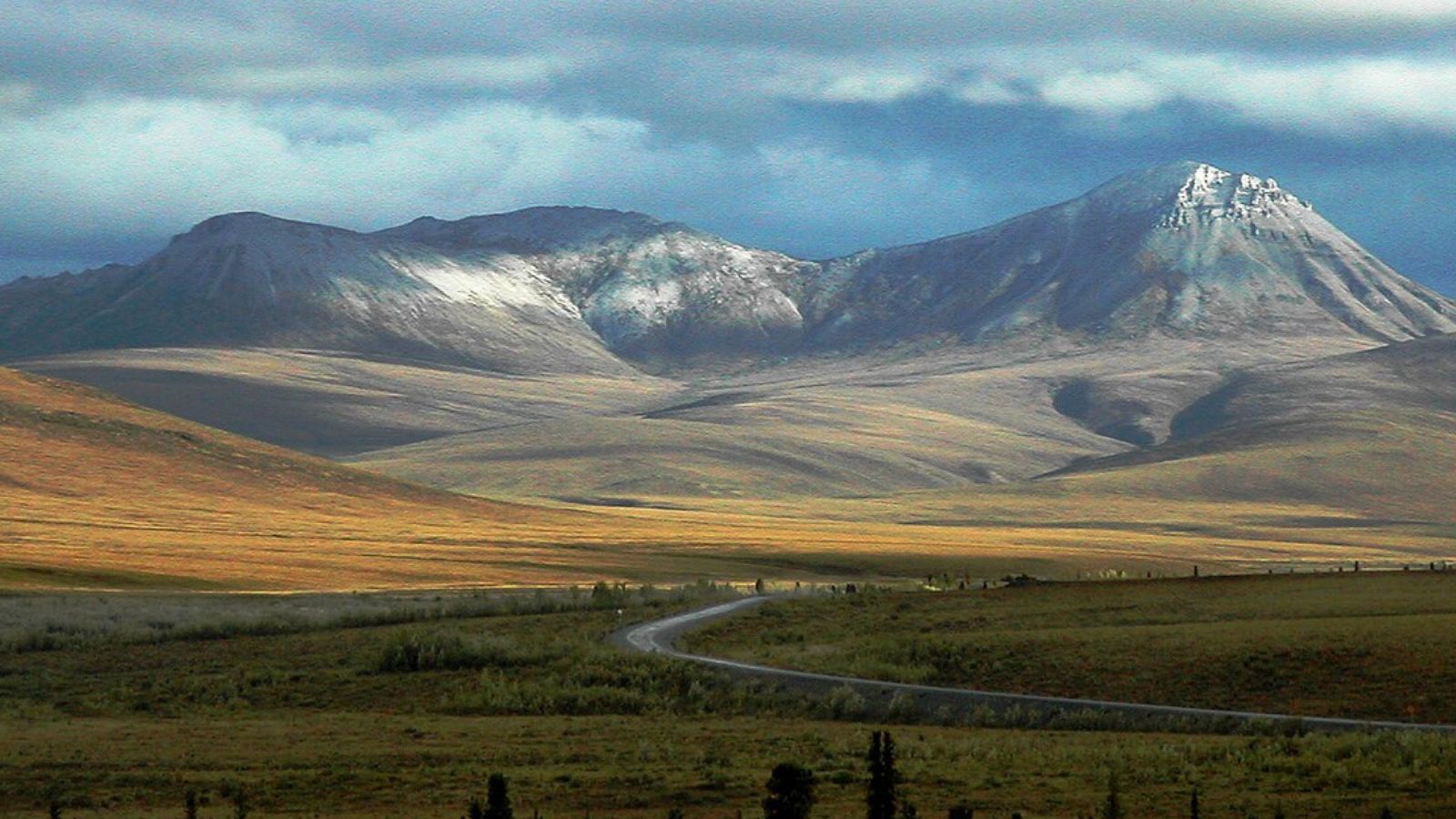
The Dempster Highway is one of Canada’s most remote drives, and its isolation is part of its power. The gravel road stretches across tundra, mountains, and open sky with almost no infrastructure for long distances. Travellers confront silence that feels absolute, landscapes that shift with the weather, and a sense of smallness that’s grounding rather than intimidating. The drive demands preparation and patience, but the reward is movement through a landscape untouched by noise or hurry.
Ice Road to Dettah, Northwest Territories
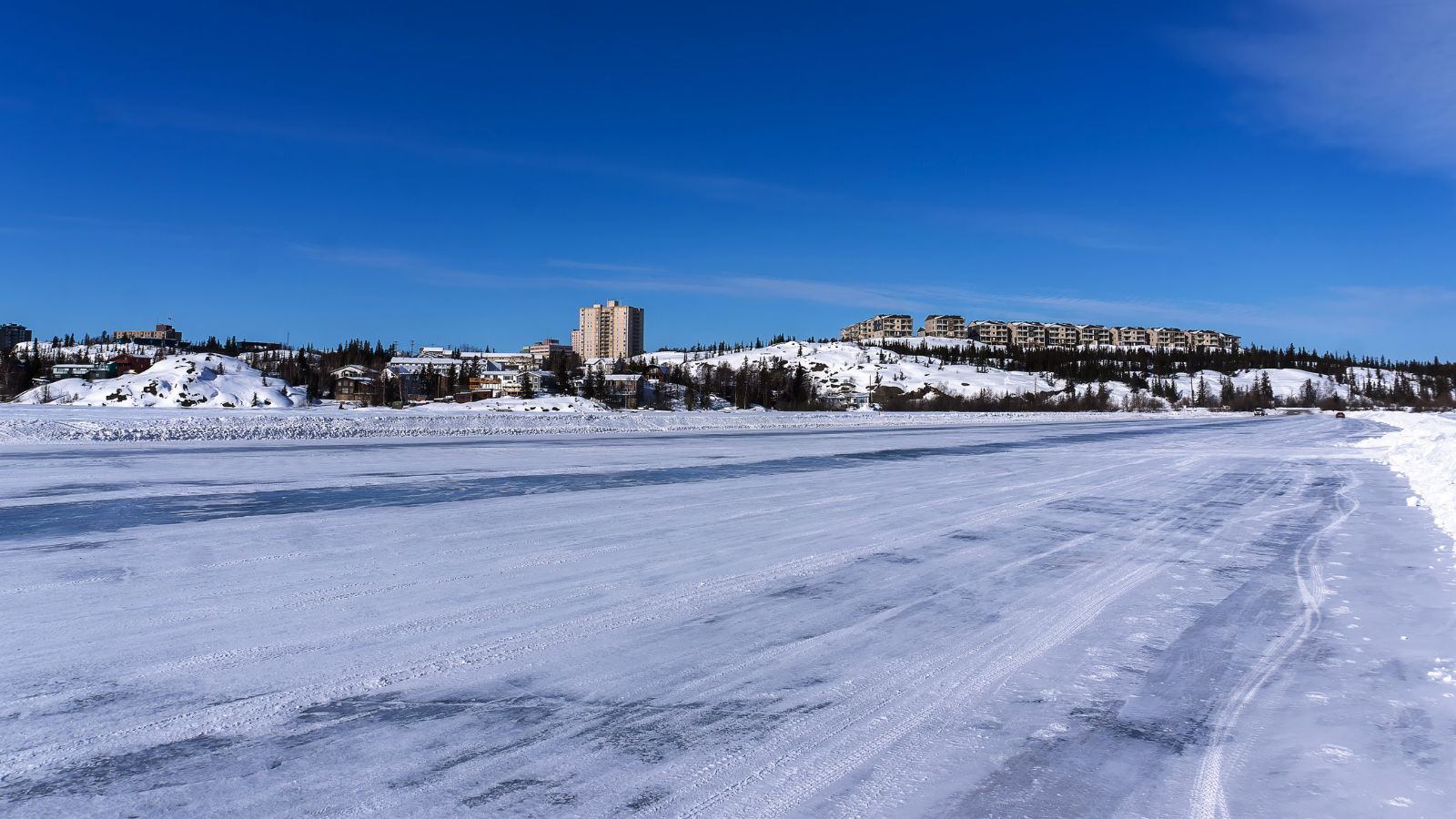
For part of the winter, the drive from Yellowknife to Dettah follows a temporary ice road carved across Great Slave Lake. The destination is a small, quiet community — meaningful in its own right — but the journey over frozen water defines the experience. Driving across a vast, wind-brushed lake surface is unlike any highway trip. Tire tracks shift with snowdrifts, the horizon feels endless, and the cold air sharpens every sound. It’s a distinctly northern experience that blends novelty with tradition. The drive itself becomes the story, rooted in winter, geography, and local life.
Highway 132 Along the Gaspé Peninsula, Québec
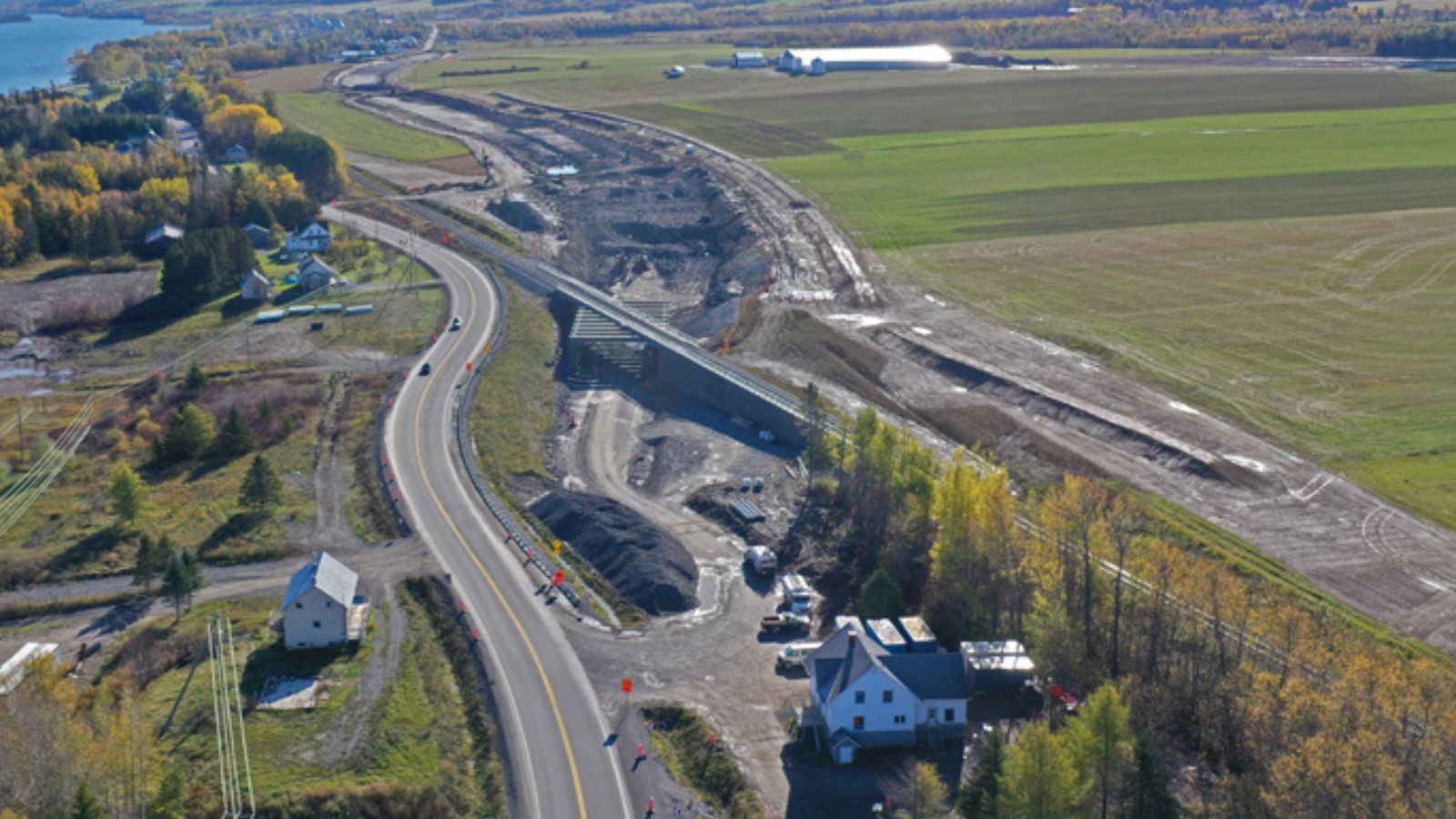
The Gaspé Peninsula delivers coastal driving at its most textured. Highway 132 curves along steep cliffs, fishing villages, and sweeping bays, offering views that change with the tides and weather. The region’s rugged edge creates a sense of continuity between land and sea, and the road seems to trace that connection deliberately. Small towns appear as brief pauses between stretches of dramatic coastline. Travellers often realize that no single viewpoint defines the trip — it’s the cumulative journey that leaves the strongest impression, shaped by slow climbs, ocean wind, and the unhurried rhythm of the peninsula.
Kootenay Highway (Hwy 95), British Columbia
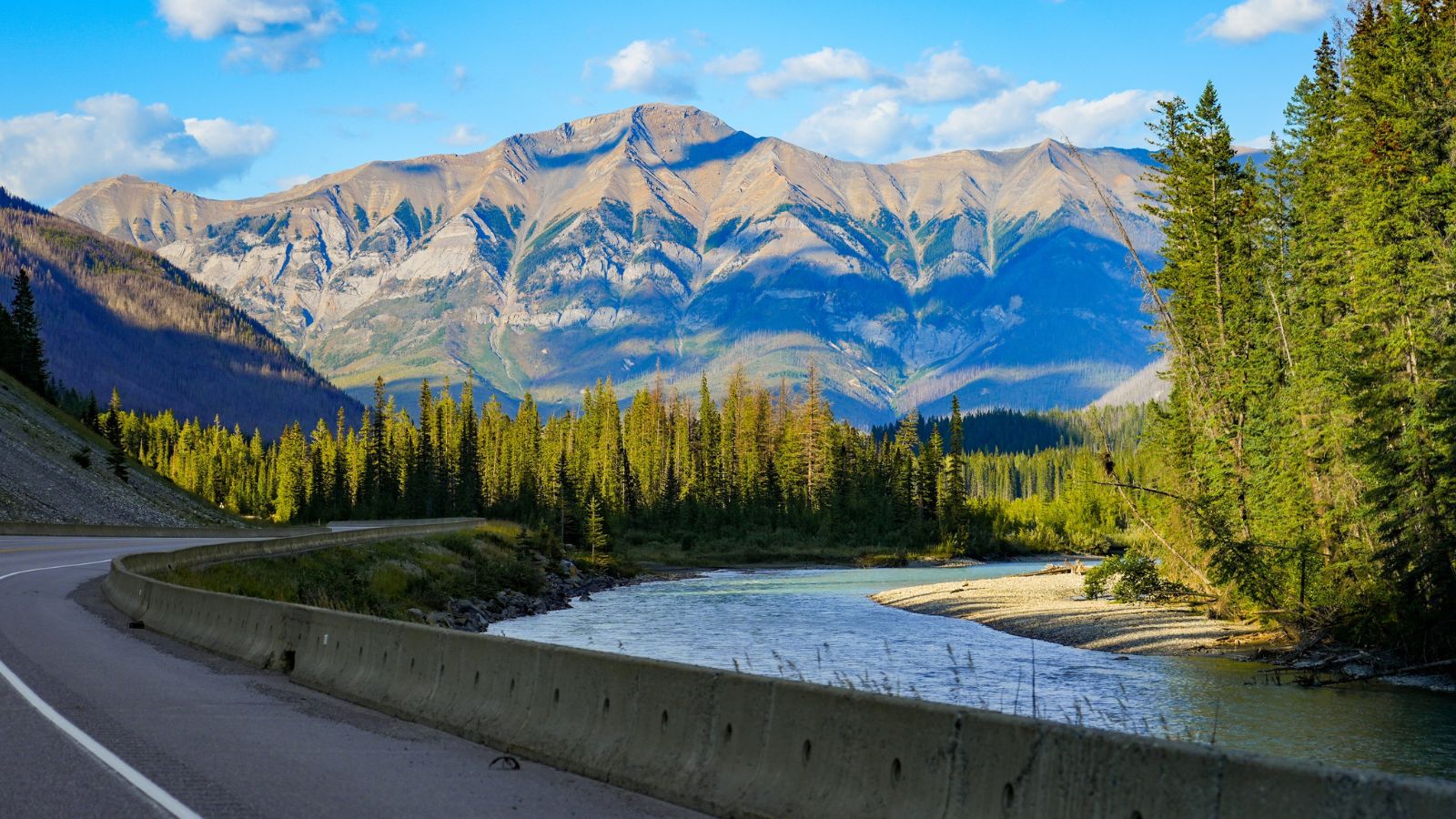
This route through the Columbia Valley offers mountain views that feel both intimate and expansive. The road moves between riverbanks, hot springs, and towering ranges, revealing landscapes that shift subtly rather than dramatically. It’s a quieter drive than many mountain highways, but that calm is its strength. Travellers experience the Rockies without the congestion of busier corridors. The valleys feel spacious, the light changes constantly, and the surrounding peaks form a steady presence. By the time you reach your destination, the drive itself has already offered the most meaningful part of the journey.
Highway 389 & Route 500 to Churchill Falls, Newfoundland & Labrador
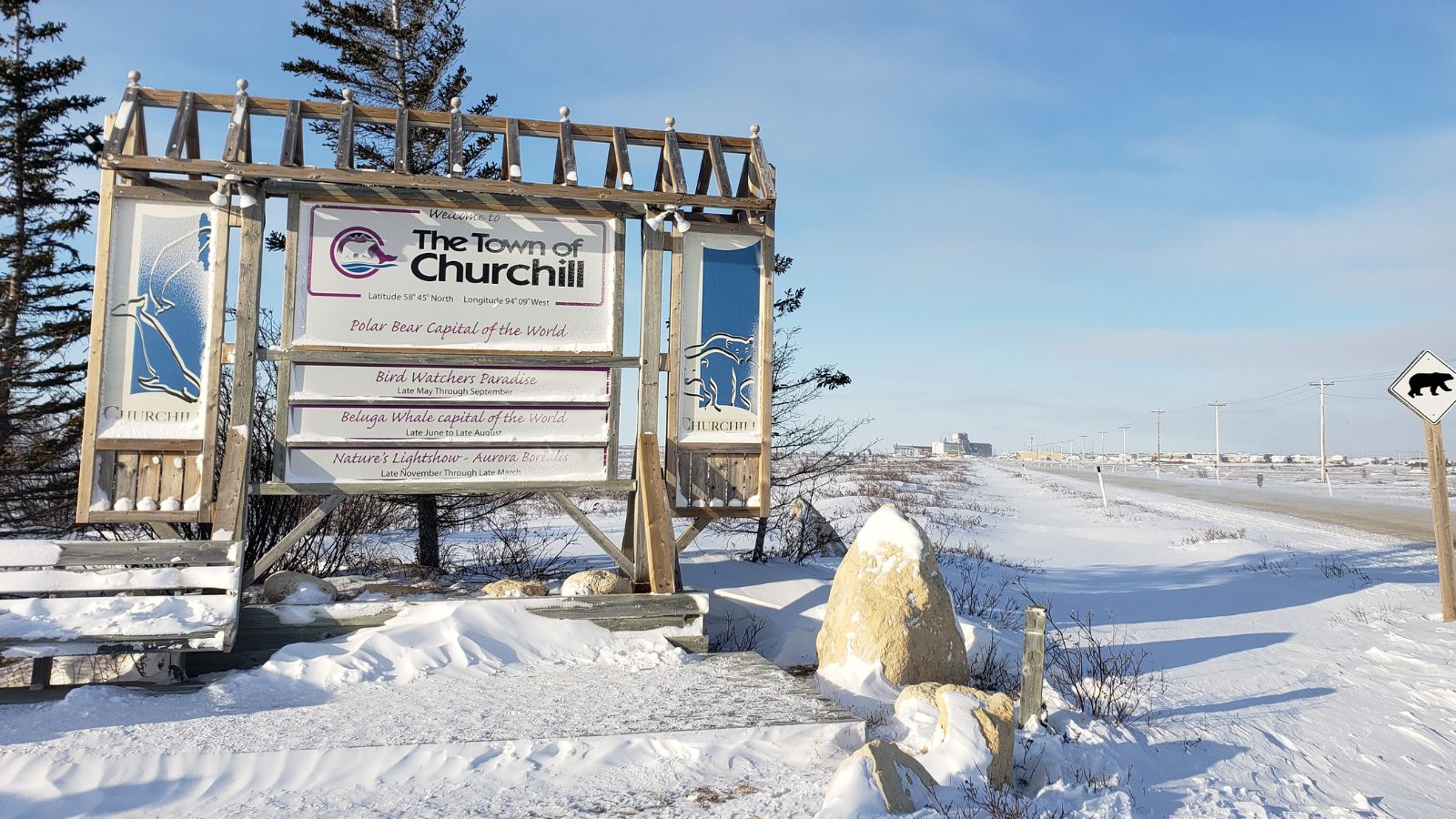
This long, remote drive across Québec and Labrador offers a sense of scale that few Canadian road trips match. The landscape moves from dense boreal forest to open subarctic terrain with minimal signs of human presence. Long stretches of gravel, sparse services, and sudden weather shifts make the journey demanding — but also remarkably rewarding. The road’s isolation amplifies every view, from hydro corridors to river crossings. Churchill Falls is notable, but the kilometres leading there provide a deeper sense of what northern travel actually feels like: rugged, patient, and profoundly quiet.
Highway 3 Through Southern Alberta’s Foothills
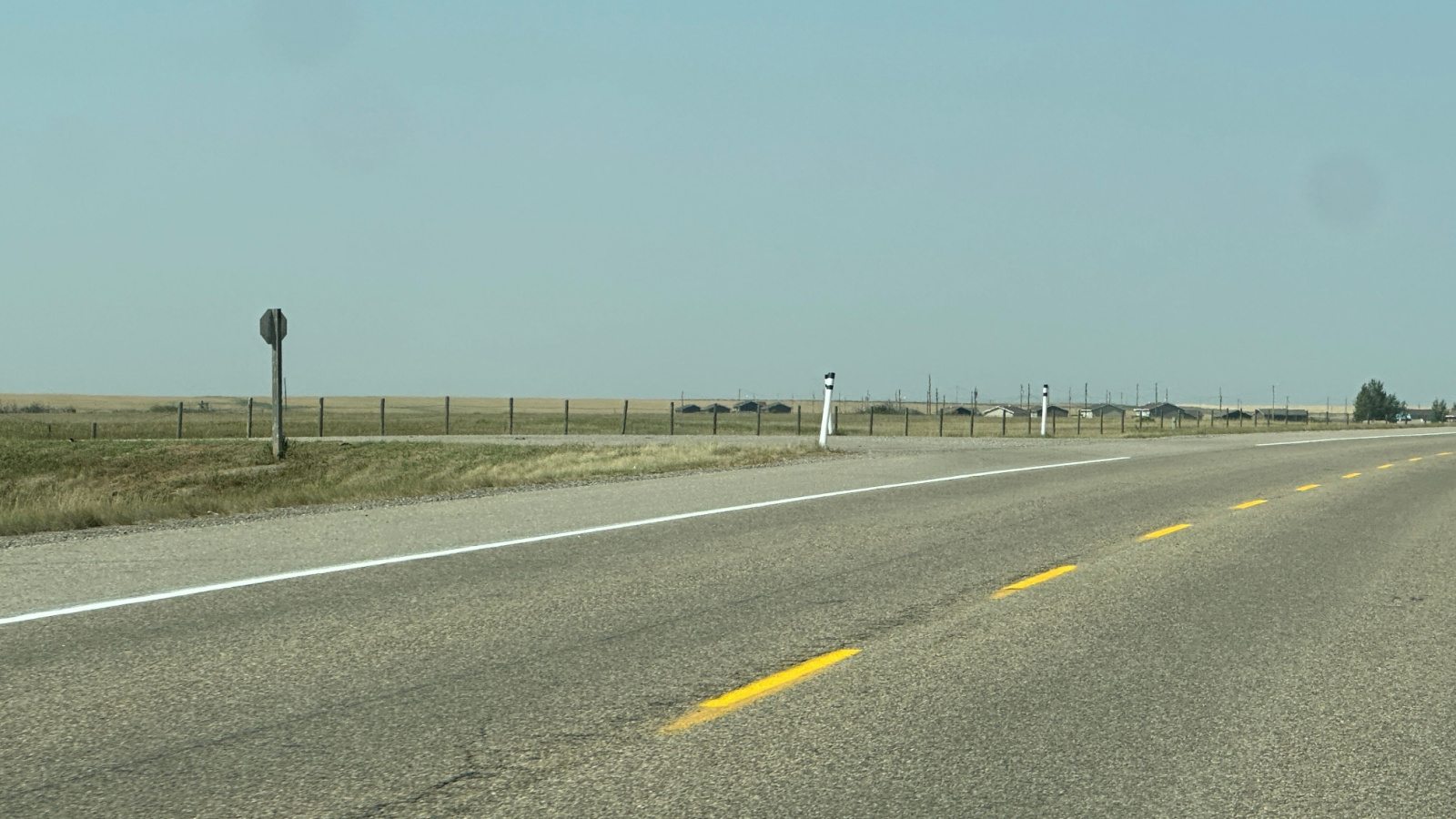
Highway 3 cuts through the foothills where the Prairies begin rising toward the Rockies. The views shift gently, revealing wind farms, open ranch land, distant peaks, and rolling countryside. It’s a drive that captures transition — not flat, not mountainous, but something in between. The landscape feels expansive without being empty, shaped by light and weather that change rapidly. The towns along the way offer breaks in the scenery, but the road itself carries most of the trip’s character.
Lake Superior’s Coastal Drive (Hwy 17), Ontario
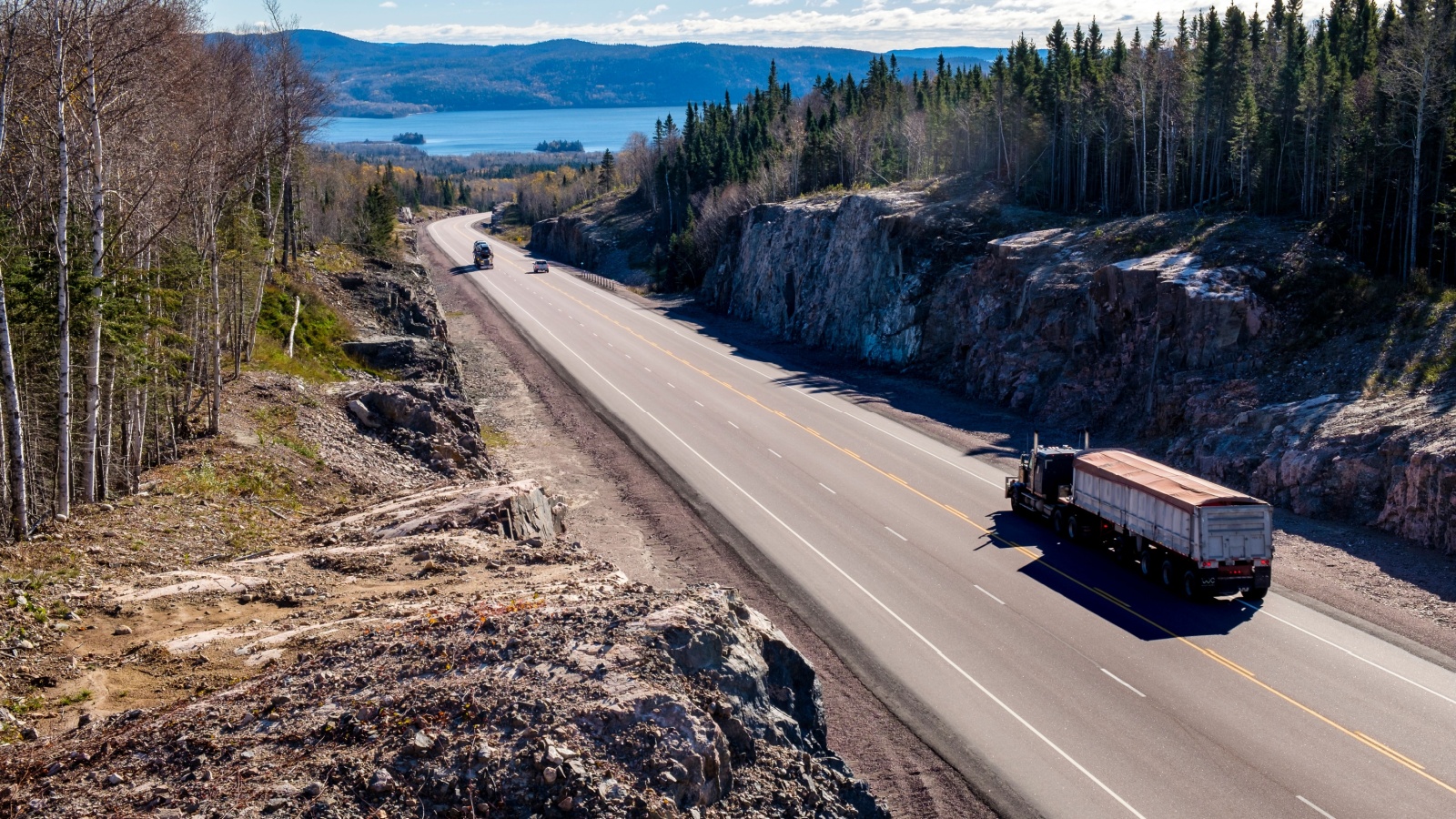
The stretch of Highway 17 along Lake Superior delivers one of the most dramatic drives in the country. Cliffs rise sharply above the road, waves crash against dark rock, and the lake — often mistaken for an ocean — shifts from calm blue to storm-grey without warning. Small coves appear unexpectedly, each offering a moment of stillness before the landscape turns rugged again. The towns spaced along the route offer breaks, but the motion of the drive defines the experience. Travellers absorb Superior’s scale by moving through it, witnessing how light, wind, and water shape each turn. By the time you arrive anywhere, you’ve already seen what you came for: the lake in its wild, uncompromising form.
The Trans-Canada Through Riding Mountain Region, Manitoba
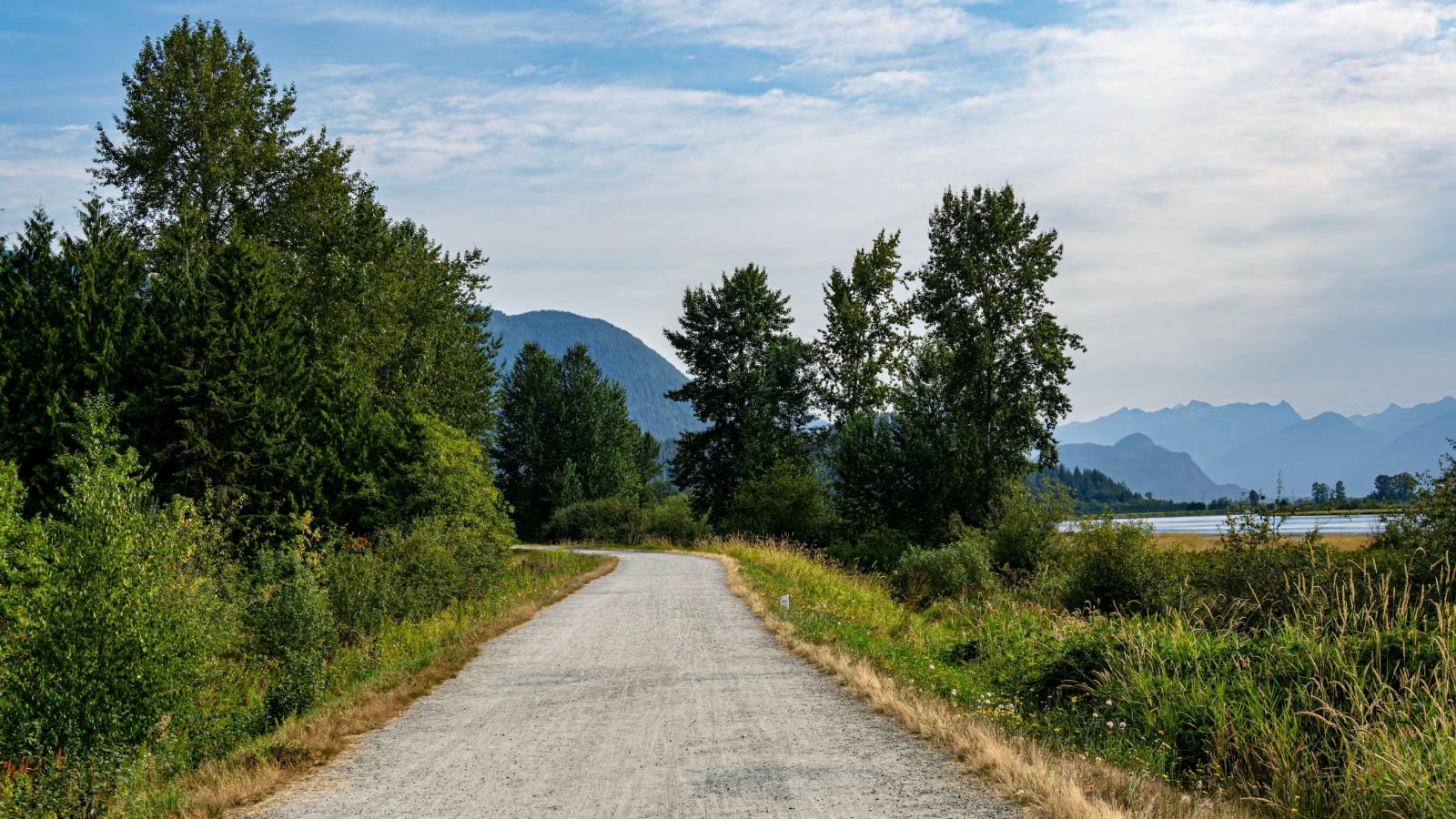
This section of the Trans-Canada surprises many travellers with its rolling highlands, forest belts, and layered prairie horizons. It’s a quieter form of beauty — not dramatic, but deeply grounding. The road passes through farmland, wildlife corridors, and pockets of boreal forest that catch light differently throughout the day. Long, steady stretches create a meditative pace, where you experience the subtle changes in terrain more than any fixed landmark. While the national park and nearby towns are worthwhile stops, the real reward is the unfolding landscape that makes the prairies feel broader and more textured than expected.
Highway 10 Through the Eastern Townships, Québec
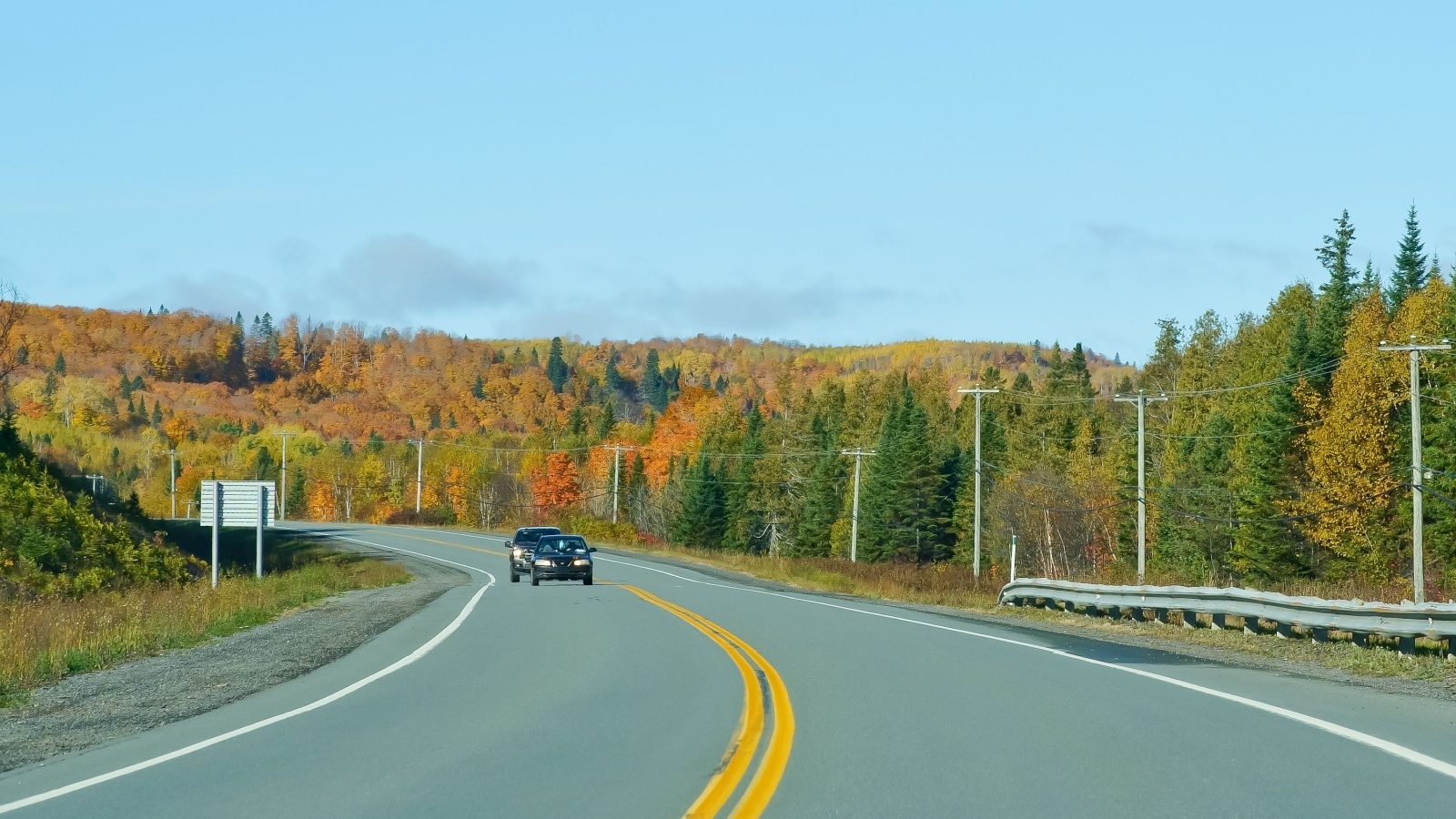
The Eastern Townships offer pastoral scenery that feels calm and deliberate. Highway 10 winds between rolling farmland, vineyard hillsides, and small historic villages, creating a sense of movement through a region shaped by both rural traditions and cultural depth. The drive offers contrasts: open fields, forest pockets, and low mountain ridges. Nothing demands urgency; the landscape reveals itself slowly. The destination — often a lakeside town or resort — becomes a secondary detail. It’s the road’s rhythm, the soft curves, and the feeling of passing through settled, quiet countryside that make this trip memorable.
Highway 4 on Vancouver Island (Port Alberni to Ucluelet/Tofino)

This coastal-mountain route cuts through thick rainforest, tight turns, and sudden elevation changes before reaching the Pacific coastline. The scenery feels immersive, with moss-covered trees, narrow passes, and lakes that appear almost without announcement. The road’s twists require attention, but that focus enhances the experience, offering travellers a sense of closeness to the landscape. Reaching Tofino or Ucluelet is always rewarding, yet many people later remark that the journey across the island stands out just as strongly.
Highway 16 Through the Yellowhead Pass
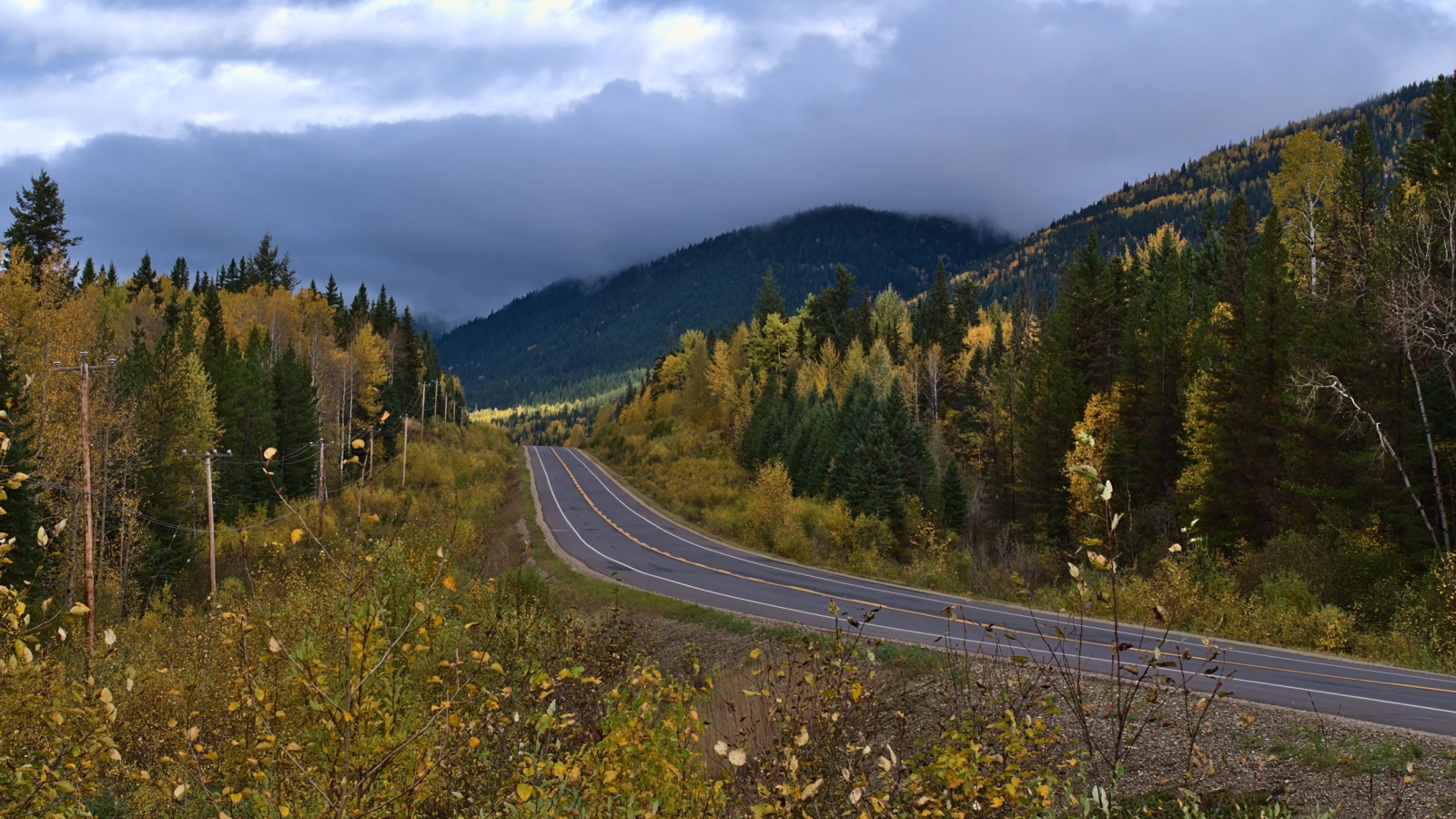
Highway 16 offers a quieter mountain drive than many of the country’s famous corridors. Approaching the Yellowhead Pass, the views expand gradually into mountain ranges that feel both accessible and vast. The landscape shifts through forests, wide valleys, and waterways without overwhelming the traveller. The pass itself offers broad, steady terrain that reflects the natural boundary between Alberta and British Columbia. While Jasper is often the goal, the approach becomes a highlight in its own right — a balanced blend of prairie edge, foothill rise, and mountain clarity. The drive feels honest, open, and uncluttered.
Highway 5 Through New Brunswick’s Northern Highlands
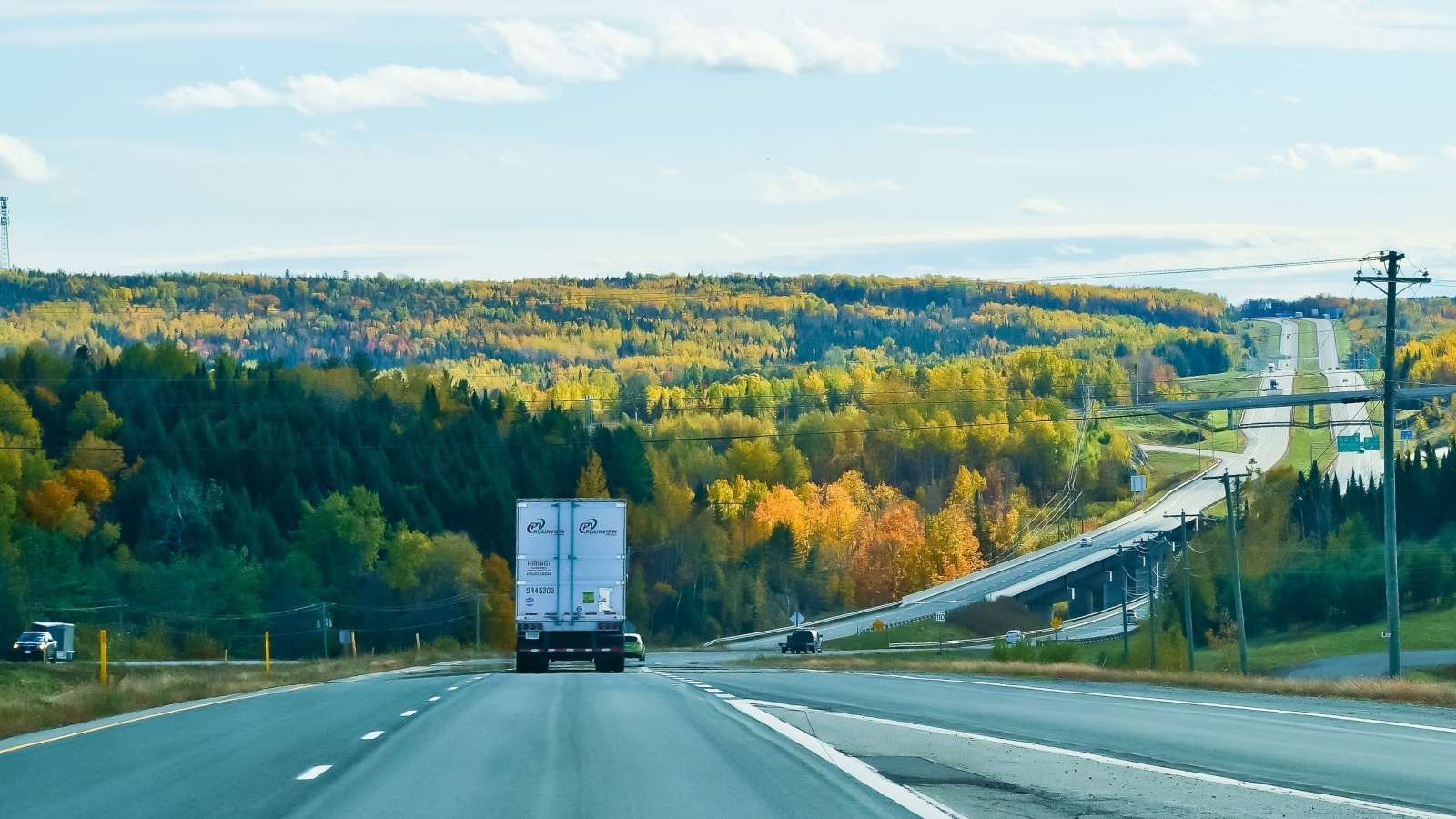
This drive through the northern part of the province moves along forested hills, river valleys, and quiet rural communities shaped by language and heritage. The scenery feels steady rather than dramatic, but the subtle variations — farmland, ridges, and pine forests — offer a sense of place that grows stronger as the kilometres pass. The route captures the beauty of northern New Brunswick without spectacle: calm, honest, and connected to everyday life. While the towns along the way provide rest points, the drive itself feels like the main narrative, offering travellers a slower understanding of the region’s depth.
Highway 7 Across Southern Saskatchewan
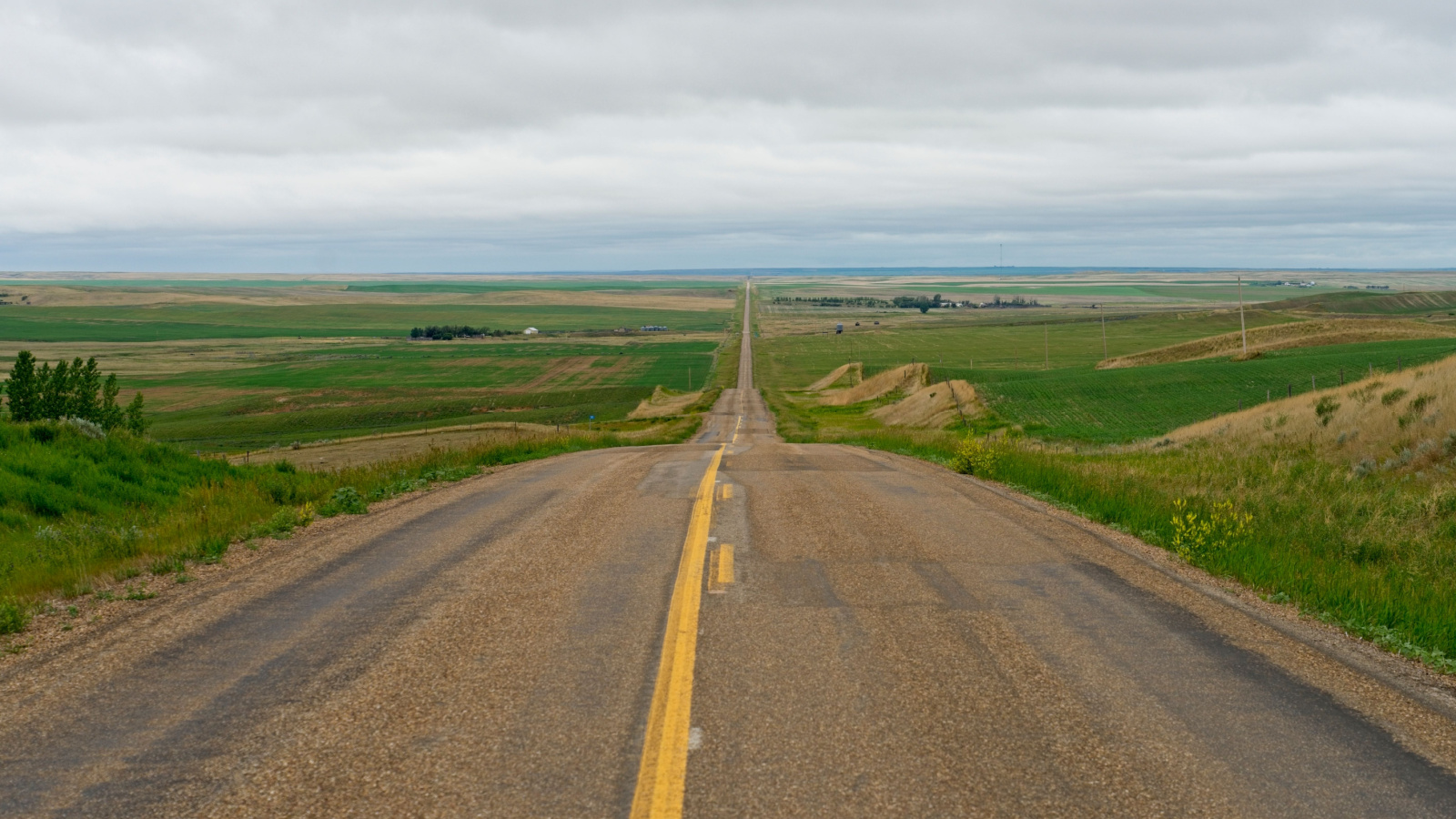
Highway 7 showcases prairie beauty that is easy to miss if you focus only on the endpoint. The land stretches in broad, quiet sweeps, with skies so wide they feel like part of the road. Grain fields, small lakes, and distant farmsteads appear gradually, shaping a sense of openness unique to the region. Travellers often find themselves adjusting to a slower rhythm, where the landscape influences mood more than any single landmark. The drive becomes a reminder that not all beauty is dramatic — sometimes it’s the steady horizon and gentle transitions that leave the deepest impression.
The Stewart–Cassiar Highway, British Columbia
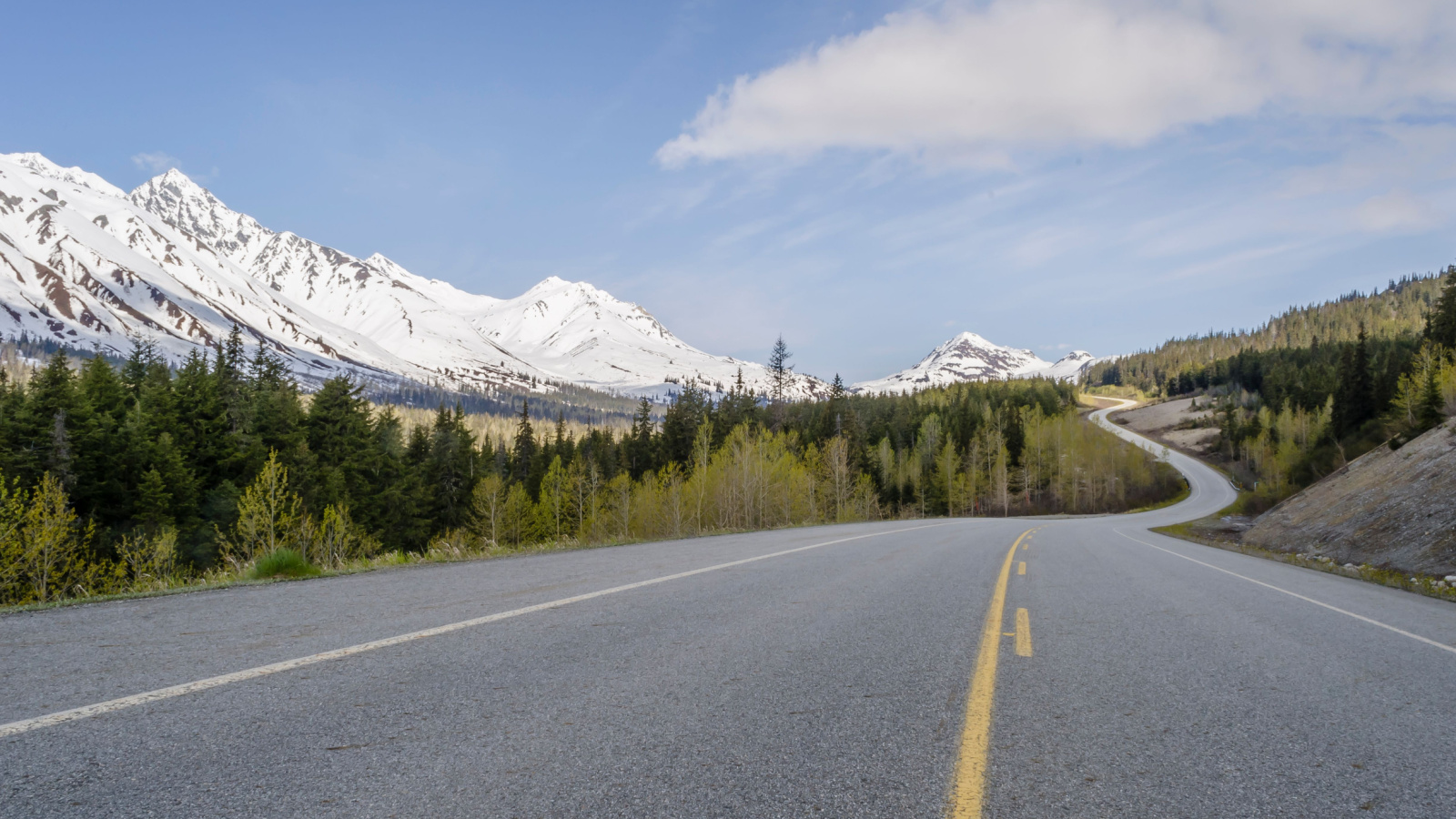
This remote northern route moves through rugged mountains, dense forest, and wildlife-rich terrain that feels untouched compared to busier highways. The road offers isolation without emptiness — every bend brings a new scene, from hanging glaciers to quiet rivers. Services are limited, which heightens the sense of being immersed in the wilderness. While towns like Dease Lake or Stewart provide meaningful stops, the experience is defined by the long stretches between them. Travellers often describe the drive as one of the most honest ways to experience northern British Columbia, where the journey becomes the entire purpose.
Highway 138 to the Lower North Shore, Québec

This coastal drive along the St. Lawrence’s lower reaches offers a mix of cliffs, forest, and open water that feels unlike anywhere else in the province. The further east you travel, the more the landscape transitions from settled communities to quieter, more remote stretches. The road ends abruptly, giving the impression that you’ve reached the edge of the map. The destination matters less than the unfolding scenery — rugged coastline, exposed rock, and the constant presence of the river.
21 Products Canadians Should Stockpile Before Tariffs Hit

If trade tensions escalate between Canada and the U.S., everyday essentials can suddenly disappear or skyrocket in price. Products like pantry basics and tech must-haves that depend on are deeply tied to cross-border supply chains and are likely to face various kinds of disruptions
21 Products Canadians Should Stockpile Before Tariffs Hit
